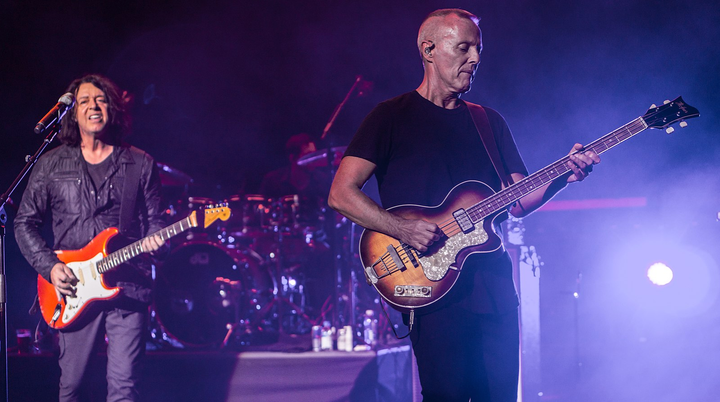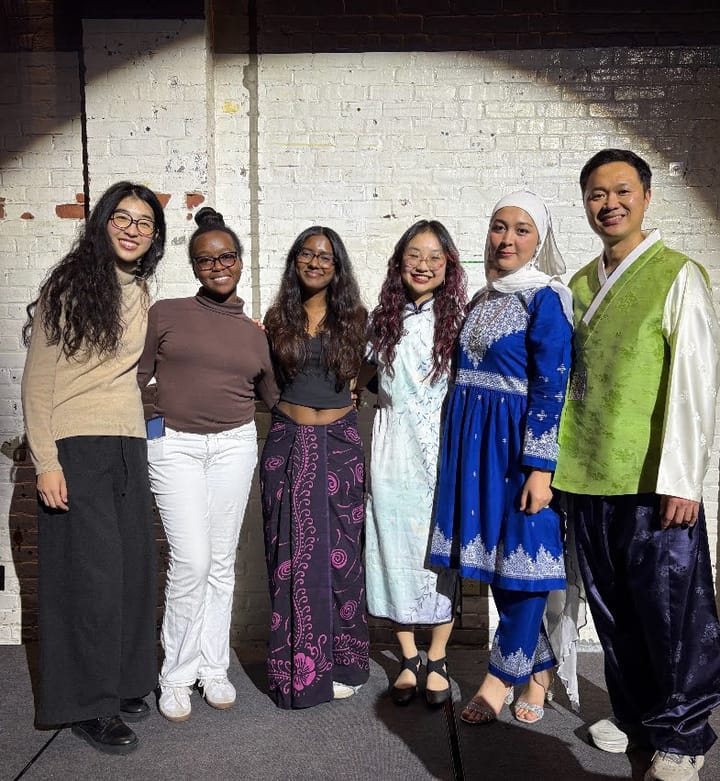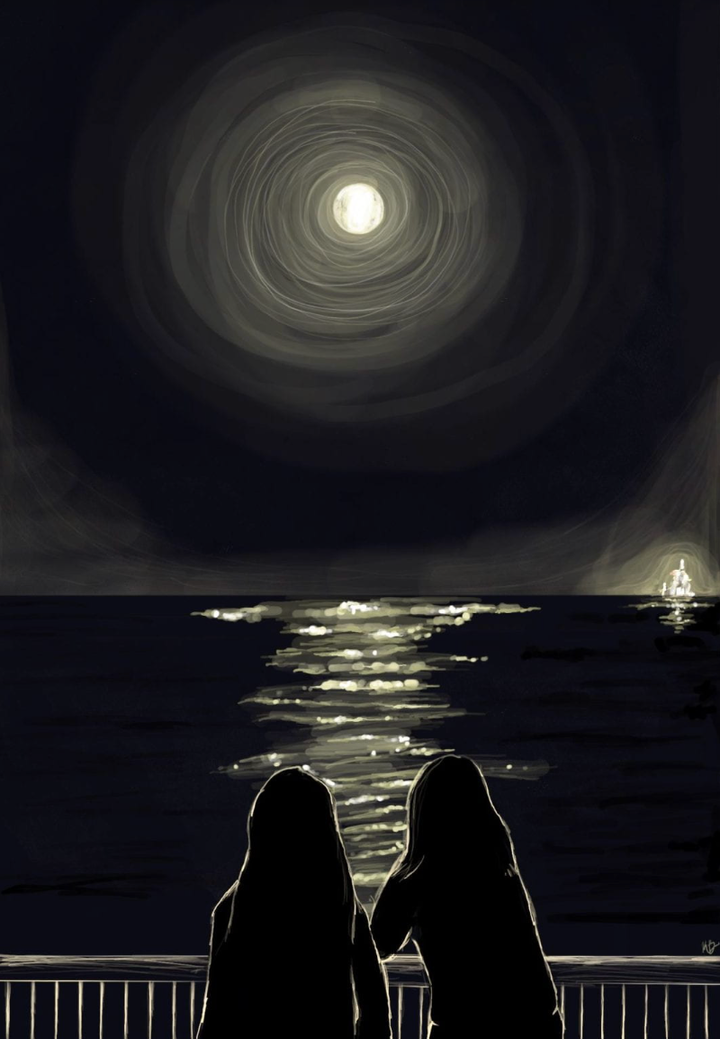"Cold War": A Triumph of Modern Cinema
Within our lifetimes we strive to experience one of the purest emotions known to man — romantic love. Approaching Valentine’s Day, it is impossible not to conjure up images of loves lost or found, rose-tinted and often representative of a sentiment much more universal than the individuals who comprise the affair. I find that we are taught about the culture of love through cycles of seeking and experiencing intimacy, meaning that love is as much about longing as it is about the romanticized partner.
Filmmaker Pawel Pawlikowski paints this portrait of longing as the pendulum of desire between two lovers in his film “Cold War.” Set between the late 1950s and mid 1960s in Poland, the film unfolds as we are introduced to Zula (Joanna Kulig), who waits for her audition for the Mazurek folk music academy in a crowded hall. She is not a traditional singer, and does not fit the look of other young Polish women. She wears her hair with an unkempt fringe and performs a longing Russian tune of two lovers separated — far from befitting of the young mountain tune-belting women that the school seeks. Yet, there is something undeniably original about her that captivates a young panelist named Wiktor (Tomasz Kot). He endorses her entry to Mazurek and the two immediately become romantically involved, swearing to one another an eternity of love.
It is important not to lose sight of the film’s political background. The reaches of Russian occupation are seeping through Eastern Europe, and the Mazurek’s vision becomes tainted with the initiatives of the culture war surrounding the school. As the students’ talent grows, they begin to tour and sing songs of their homeland as banners of Stalin unfurl behind them. The communist propaganda becomes an unfortunate symbol of Zula and the other singers turning into pawns of a mass movement attempting to reclaim the pure look and feel of the Slavic culture of the Poles.
With occupation tainting the safety of their homeland, there is little sense of security in the lovers’ embrace. Zula and Wiktor are forced to reckon with their differences in national identity and sense of belonging to one another. Ultimately, they face a question not so unfamiliar to those who have known love: is our love enough, and what have we surrendered of ourselves to have it? These are incredibly heavy questions to present to any audience, but ones that Pawlikowski poses successfully through intentional direction and his cinema-verité-mimicking touch for realism. This thoughtfulness manifests most strongly under Lukasz Zal’s cinematography. Shot in 4:3 framing in black and white, “Cold War” maintains a 16mm film-like intimacy of the equipment native to the decade it portrays. The intentionality of how the narrative is framed for the audience made me feel as though I had been transported to a feature screening of the 1950s. This sense of authenticity stems from much more than the black and white of the film; after all, there are many modern black-and-white films that have not fully captured the sensation of the decades they pay homage to. There is a quiet beauty throughout the film that captures the simple pleasures of Zula and Wiktor’s time at the Mazurek, and I believe this attention to detail regarding the human experience is what makes the film as touching and authentic as it is. There is a tense and beautiful scene that unfolds with the pair lying in a field of flowers, falling out for the first time as they realize that their interests are not completely aligned. Zula asks Wiktor if he believes in God and he does not answer. She stands up and looks at him as the grass waves around them and a shadow falls from a cloud above. This scene invites the viewer to cherish the alluring mundanity splayed around the couple throughout the film. No matter the setting or scenario, there is always a sense of intimacy and longing perfuming the scene.
In maintaining this ambience of desire throughout the film, the sound is as important as the visual. The music of Zula’s audition is what first brought the couple together, and arguably introduces music as the narrative backbone of the film. The translation of the song she sings has a line where she croons, “Two hearts, four eyes, crying all day and all night … you cannot be together.” This song tracks the lovers in reprisals as both a force that pulls them together and tears them apart. While both partners are musicians, the music illustrates less about their love for music than it does the breathless choreography of the lovers weaving in and out of one another’s lives.
The movement of “Cold War” provides the most dignified and striking portrayal of longing that I have seen in a while. The ache of desire between the two lovers creates a potent metaphor for the well-being of Eastern Europe through the Cold War, making a romance that is as much about the love of country as it is about the love for one’s partner. Pawlikowski acts as a maestro of talent, conducting Kot and Kulig through some of the most challenging questions known to lovers as they dance across cultural and moral lines. Echoing sentiments of spirituality, romance and confusion in the wake of political turmoil, Pawlikowski leaves the audience wondering whether the reclamation of love against all odds is an act of God or the devil.





Comments ()